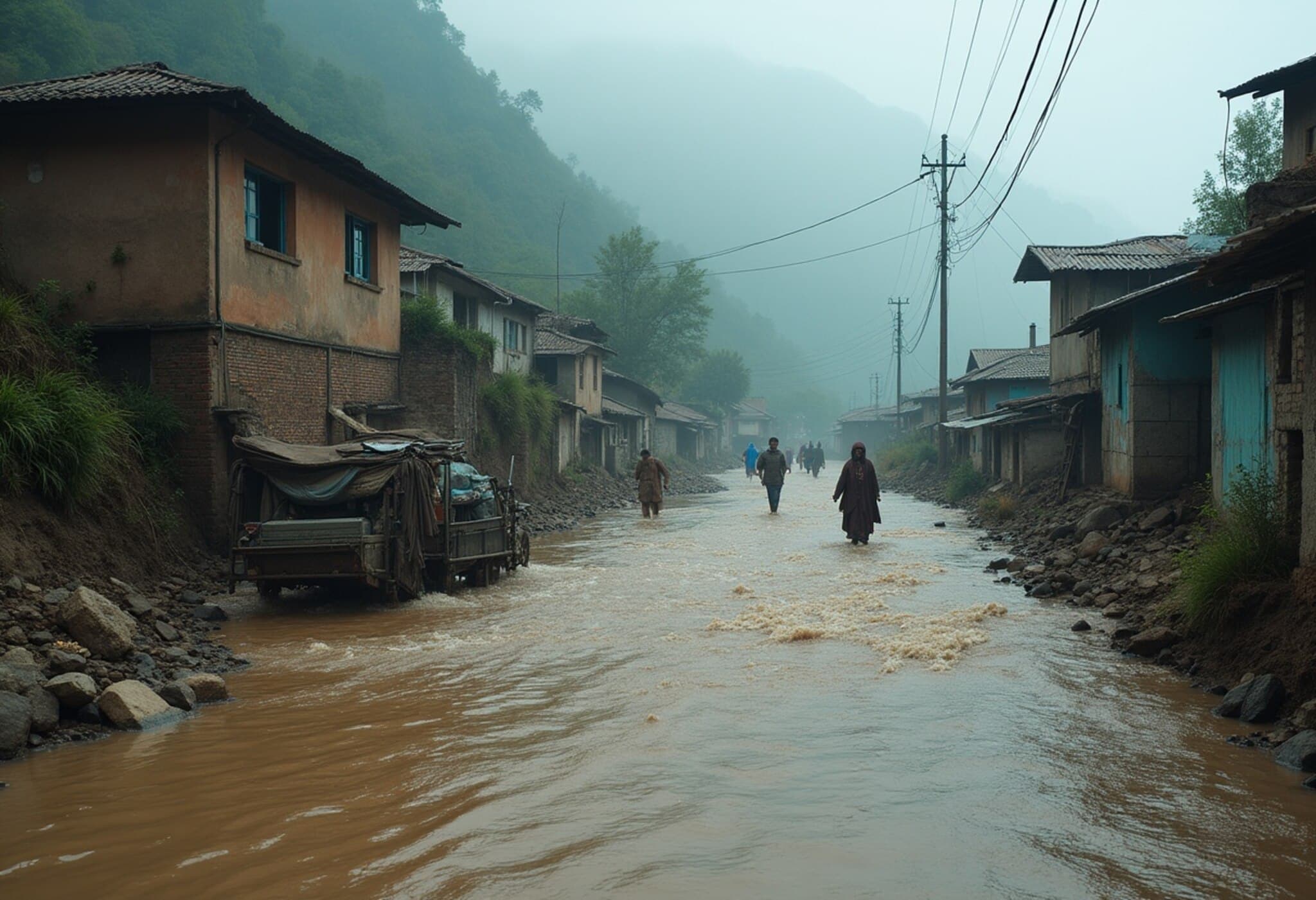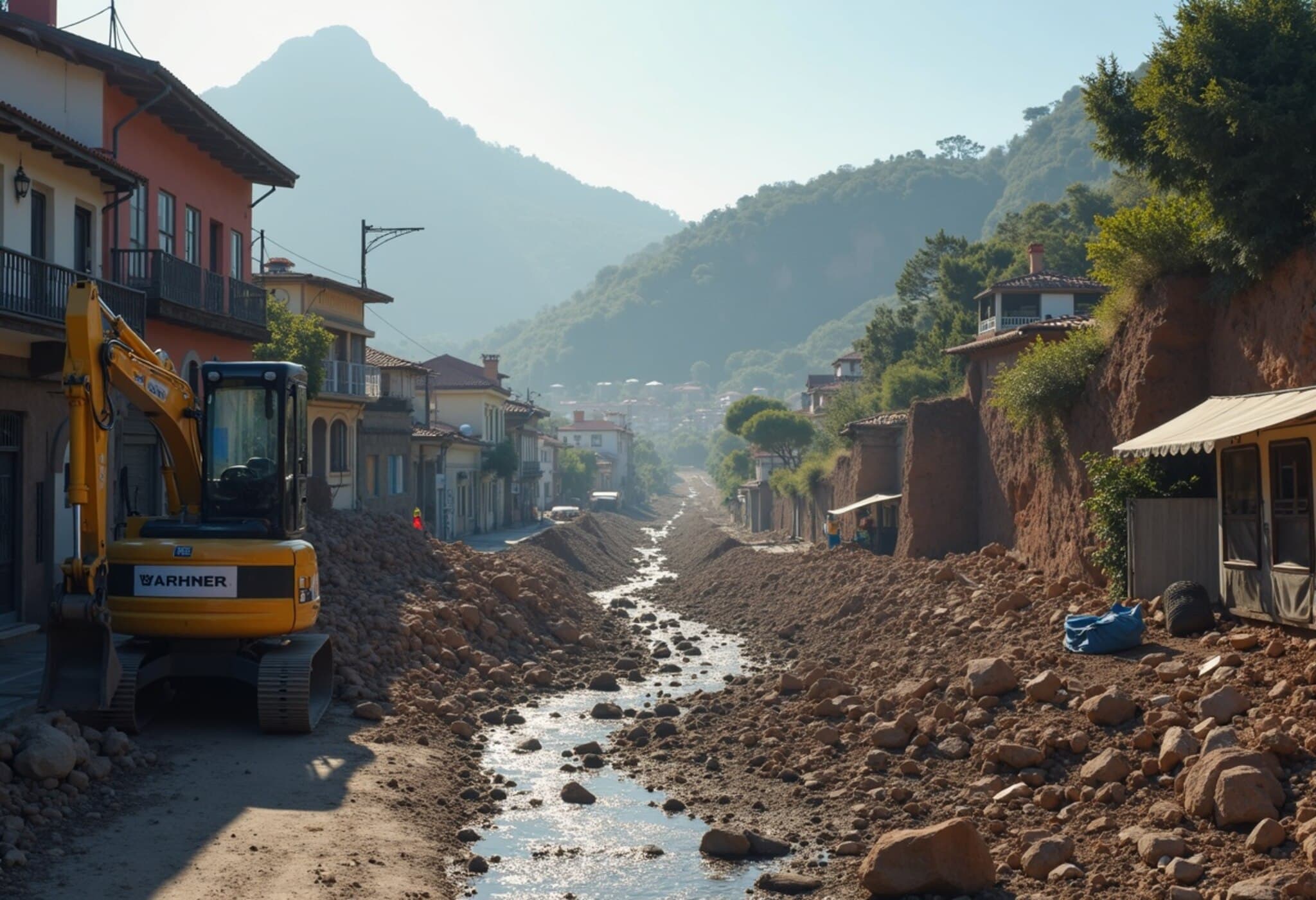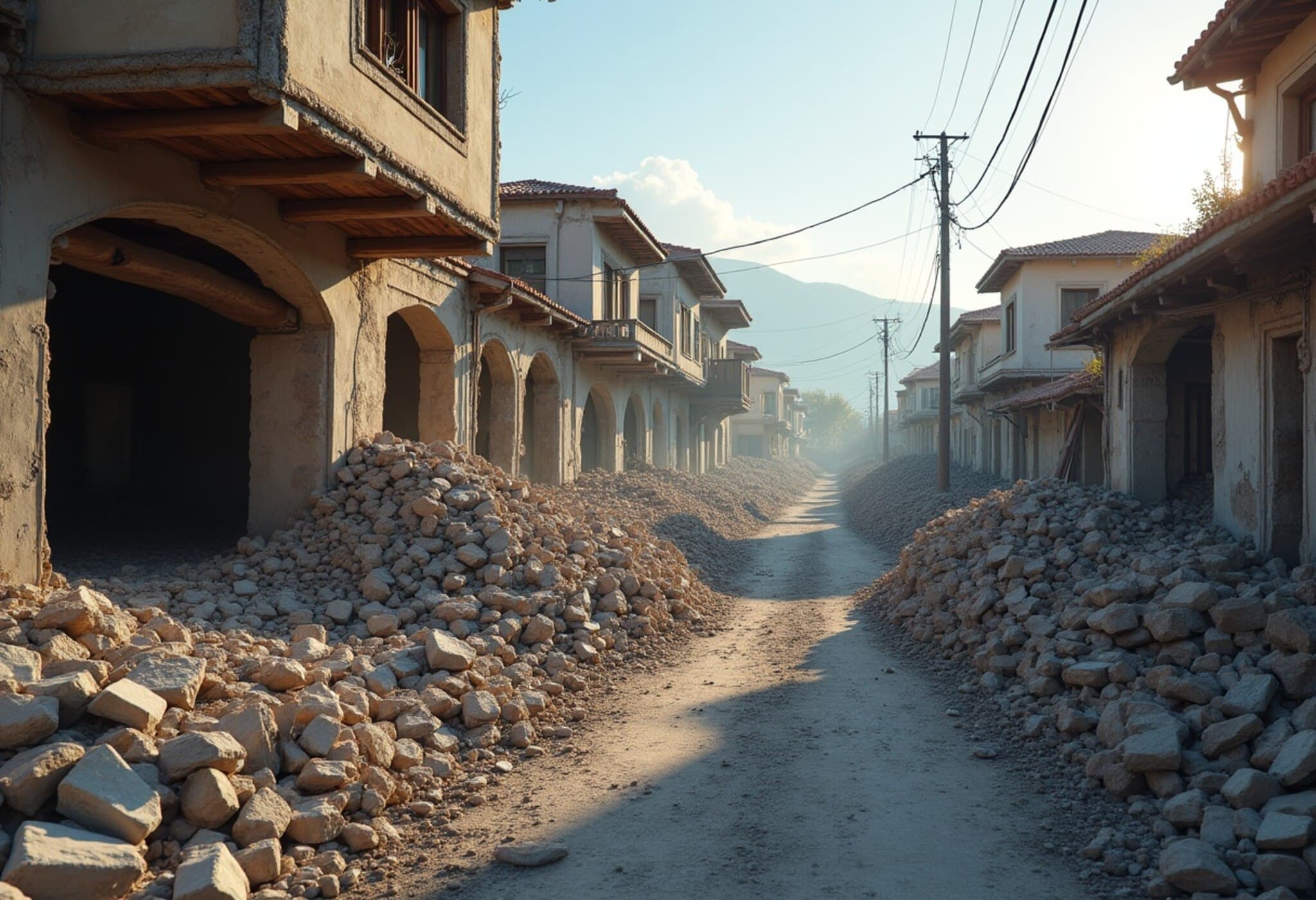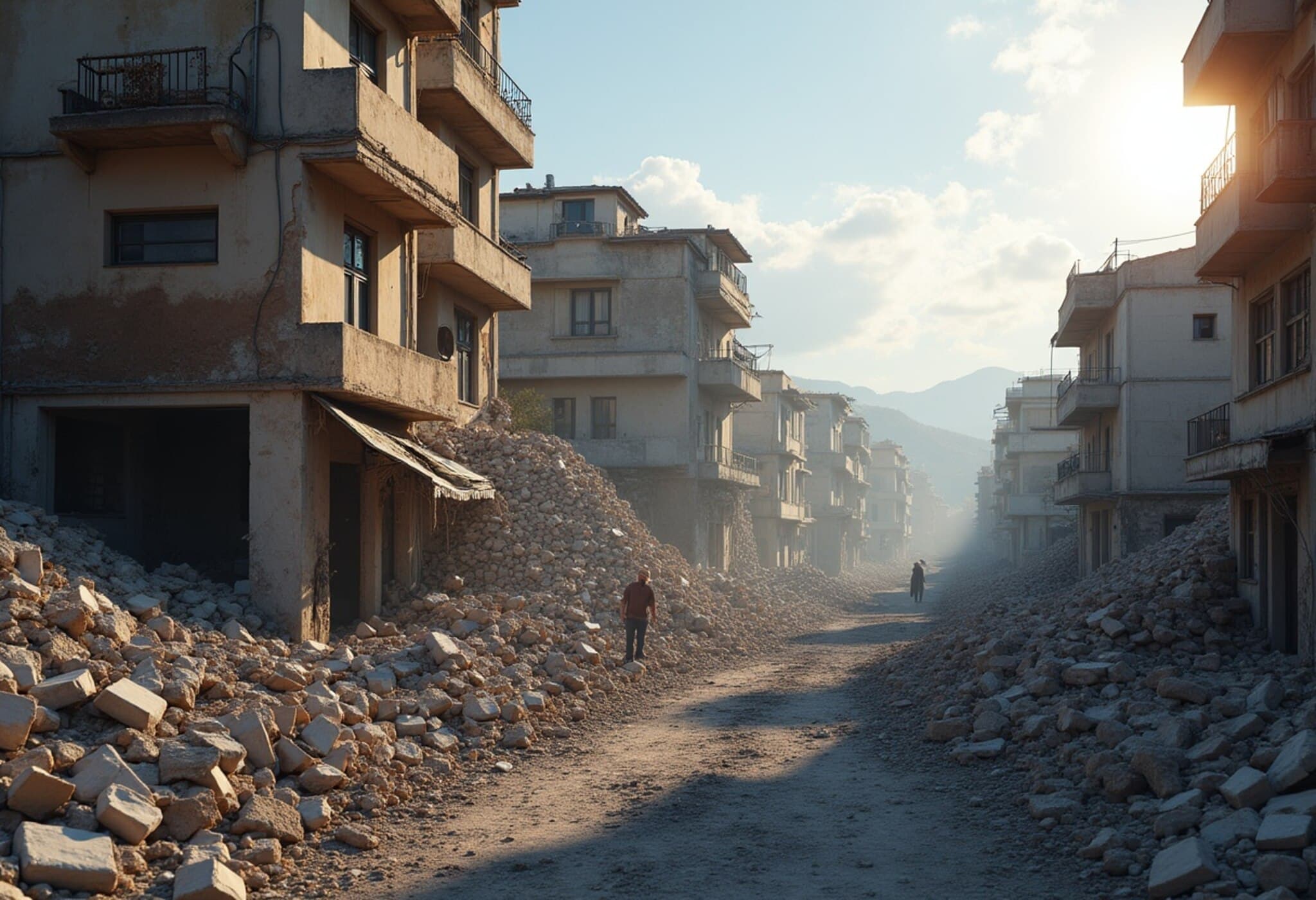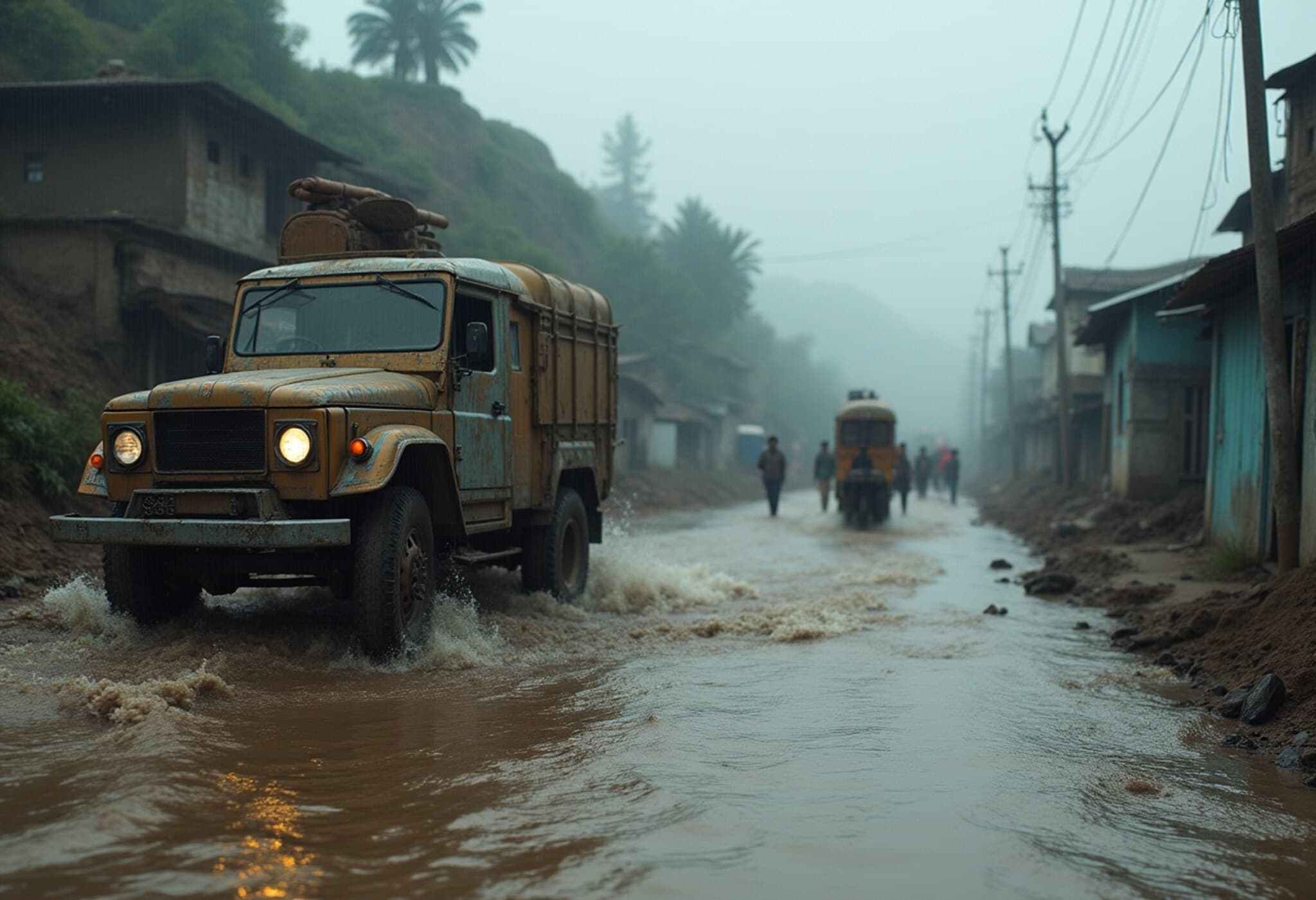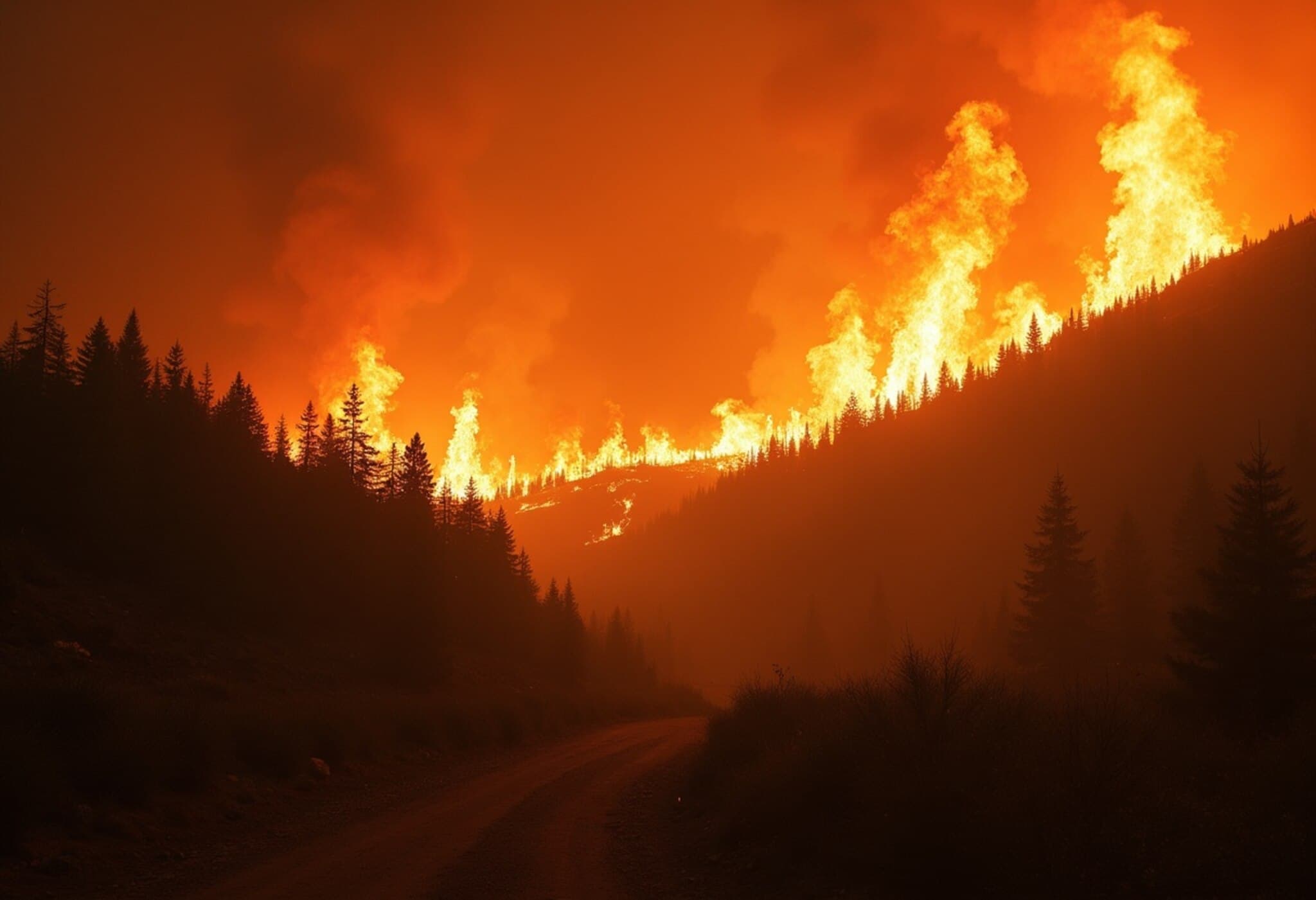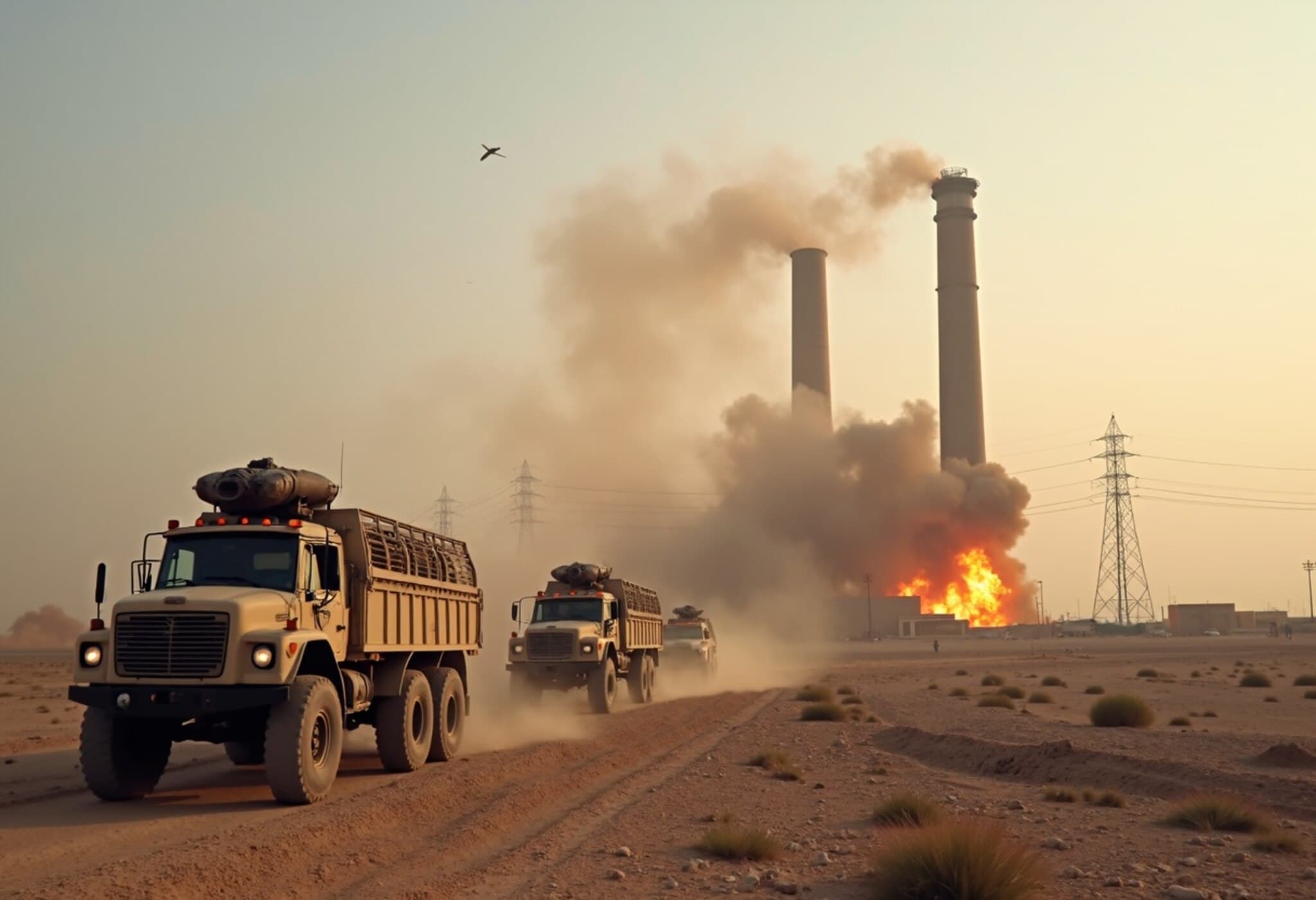Pakistan Battles Devastating Floods as Death Toll Exceeds 340
Monsoon rains have unleashed a disastrous wave of flash floods and landslides across Pakistan’s mountainous northern regions, killing at least 344 people—with the hardest hit areas scrambling to manage the escalating crisis. Rescuers in Khyber Pakhtunkhwa province are racing against time amid relentless rain and dangerous conditions to find survivors trapped beneath rubble from destroyed homes.
Devastation in Khyber Pakhtunkhwa’s Villages
The majority of casualties were reported in the Buner district, where continuous monsoon downpours have buried entire villages. Officials confirmed that 10 to 12 villages have been submerged under debris, with around 208 fatalities in Buner alone. Bilal Ahmed Faizi, a spokesperson for the regional rescue agency, emphasized the grim situation: “There is still concern that dozens may remain trapped under the rubble, but chances of survival are slim.”
Over 2,000 rescue workers are engaged in the painstaking task of excavating homes wrecked by mudslides, while battling persistent rainfall that hinders progress. AFP reporters documented scenes of chaos where vehicles lay half-buried and mud-caked belongings littered once-thriving towns.
The Human Toll: Faces Behind the Numbers
Local residents are grappling with overwhelming loss and uncertainty. Noor Muhammad, a devastated shopkeeper, recounted efforts to clear mud as his business lay in ruins. “Our shops, our few possessions—washed away,” he lamented. For many in these vulnerable communities, the floods have wiped out their livelihoods and the safety of their homes.
Syed Wahab Bacha, another local resident, described how entire neighborhoods have been cut off: “We were trapped inside our houses, surrounded by floodwaters. The only road out has vanished under water and mud.”
Mass Funerals and a Community in Shock
On Saturday, hundreds gathered in somber mass funerals to honor the lives claimed by the floods. Bodies wrapped in blood-stained cloths were laid out publicly, underscoring the scale of tragedy. Fallen trees and debris were strewn across fields, with residents laboring through thick mud to reclaim their homes and dignity.
Warnings of Further Disaster Amid Climate Challenges
Pakistan’s Meteorological Department has issued dire warnings that the monsoon rains are likely to intensify in the coming days, increasing the risks of further flash floods and landslides in already-devastated regions. The department urged residents to steer clear of vulnerable areas, cautioning that ongoing extreme weather events pose immediate and grave risks.
Monsoon seasons, while crucial for agriculture and food security across South Asia, have become increasingly unpredictable. This year’s monsoon began earlier and is expected to last longer, exacerbating the country’s vulnerability. Experts point to climate change as a driving factor behind Pakistan’s heightened exposure to such extreme weather, with floods in 2022 affecting a third of the nation and claiming around 1,700 lives.
The Unseen Costs and Critical Questions Ahead
Beyond the grim statistics, local voices reveal deep emotional scars. Saifullah Khan, a schoolteacher from Buner, shared the haunting trauma of retrieving bodies of children he once taught. “It’s a cruel trial that nature has inflicted on these communities,” he reflected.
This disaster spotlights not only the immediate need for humanitarian aid but the long-term imperative for resilient infrastructure, early warning systems, and climate adaptation strategies. As Pakistan confronts repeated flood crises, policymakers and international stakeholders must collaborate to bolster disaster preparedness and protect vulnerable populations.
Key Takeaways
- 344 deaths confirmed, with majority in Khyber Pakhtunkhwa’s Buner district.
- Entire villages buried; rescue efforts complicated by ongoing heavy rains.
- Mass funerals and community trauma underscore the human cost of the floods.
- Monsoon rains expected to intensify, increasing flood and landslide risks.
- Pakistan remains highly vulnerable to climate change impacts, demanding urgent policy action.
Editor’s Note
The unfolding tragedy in Pakistan’s flood-hit north is a sobering reminder of the escalating costs of climate volatility on the world’s most vulnerable communities. Beyond immediate rescue and relief, this crisis urges us to confront the systemic challenges of climate adaptation, sustainable urban planning, and social safety nets that can reduce such devastating impacts in future. As the globe watches, how will Pakistan and the international community rise to meet this daunting challenge?

